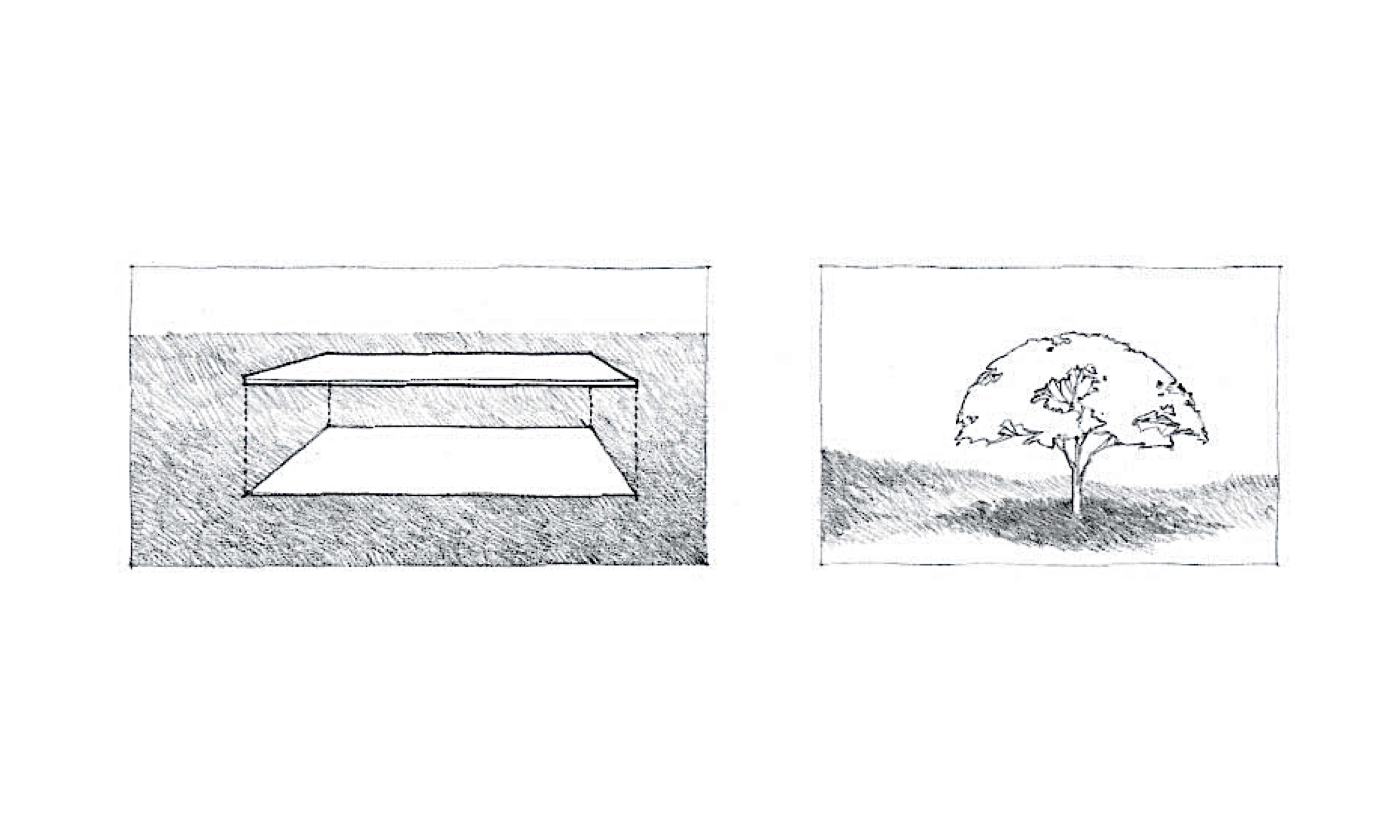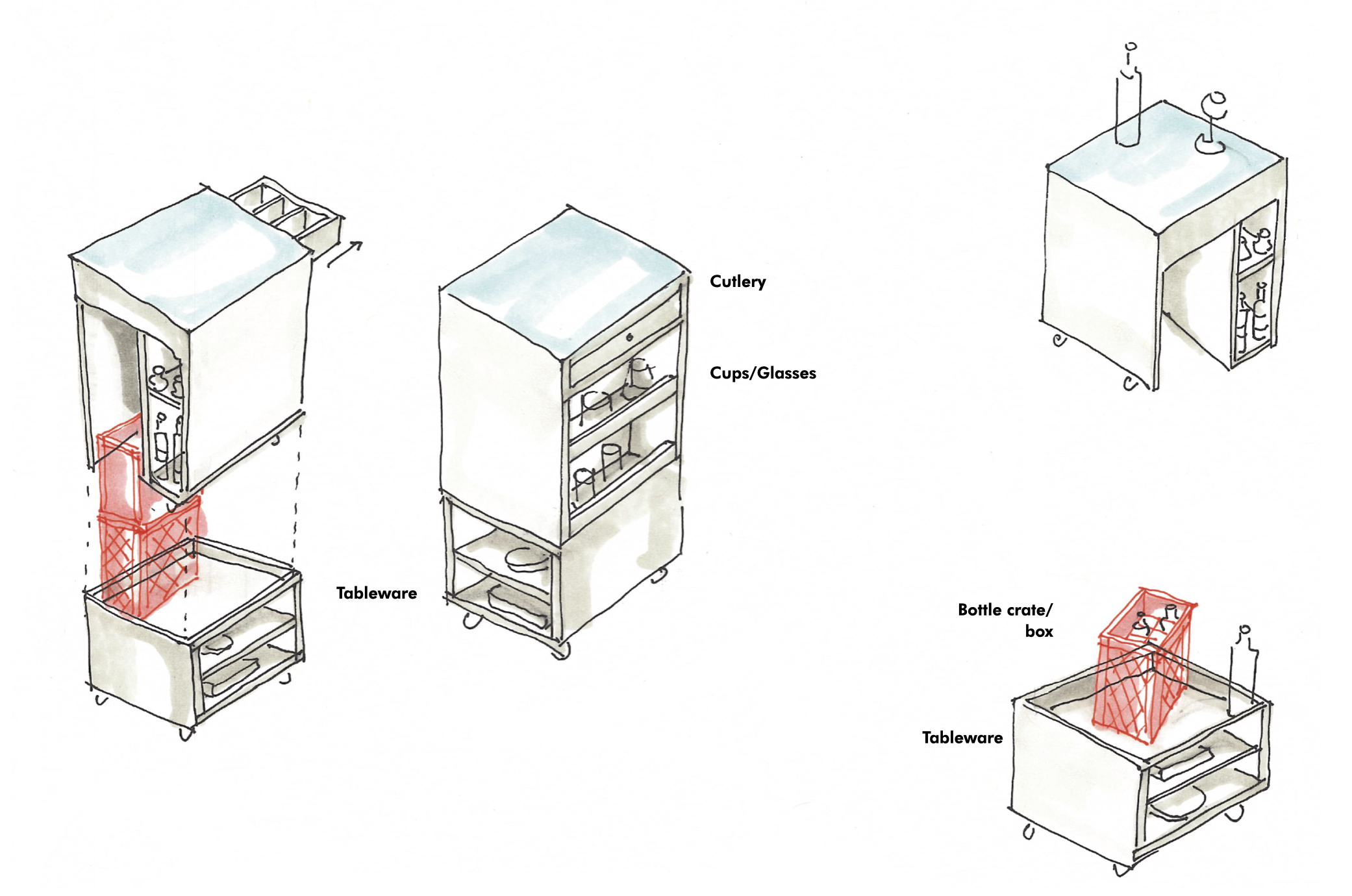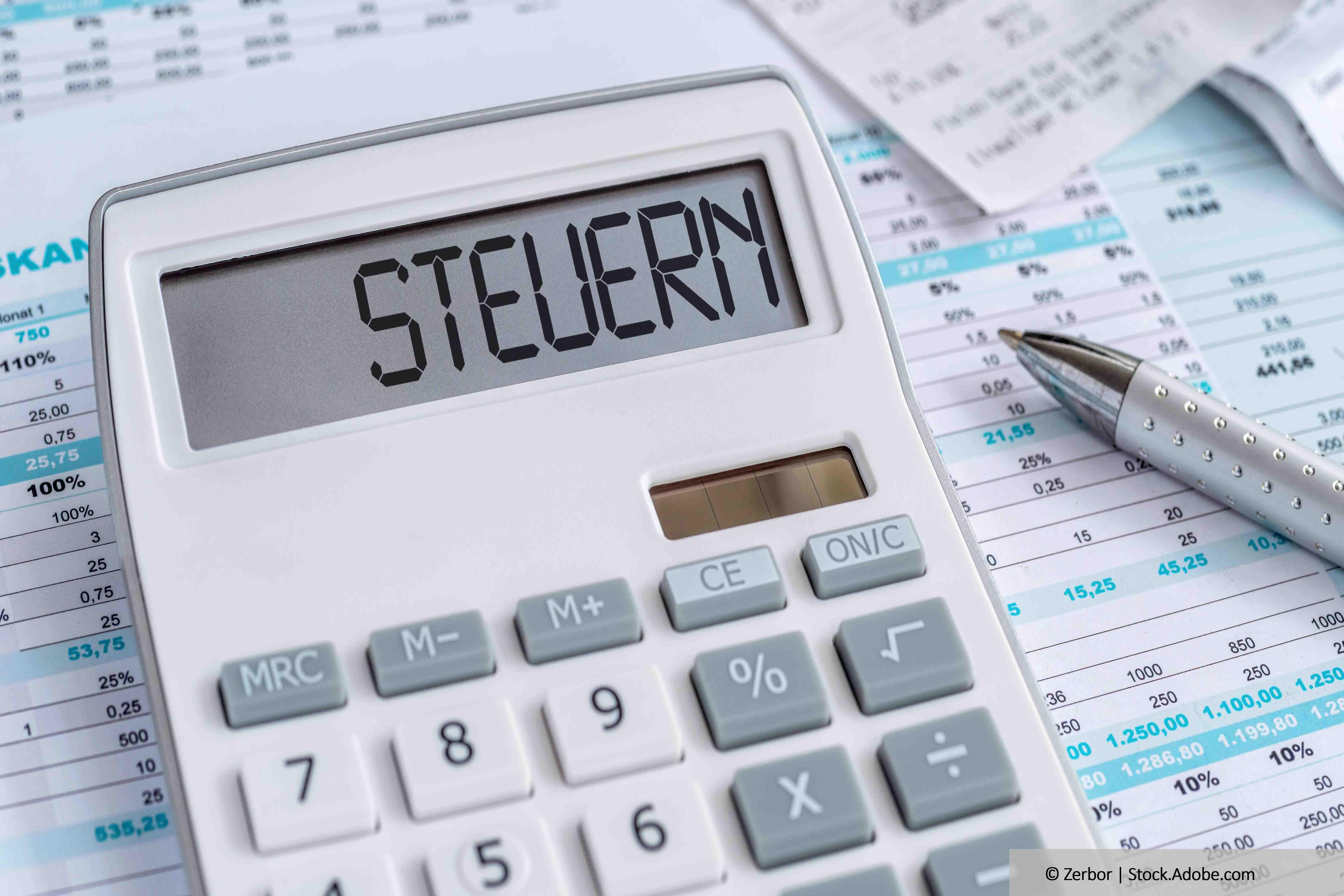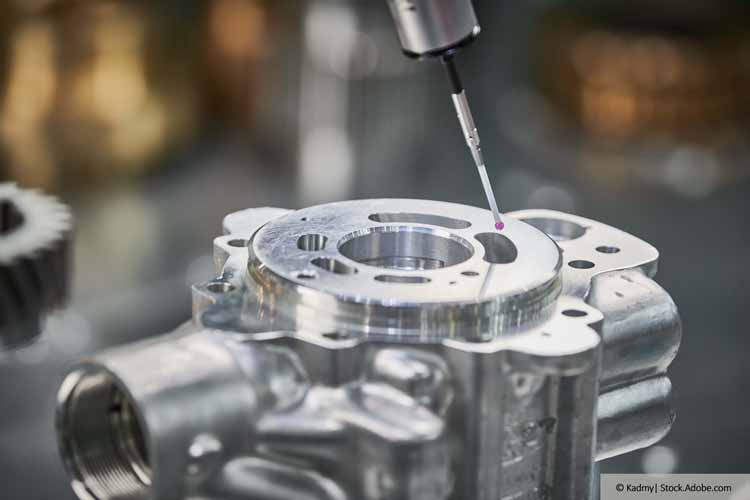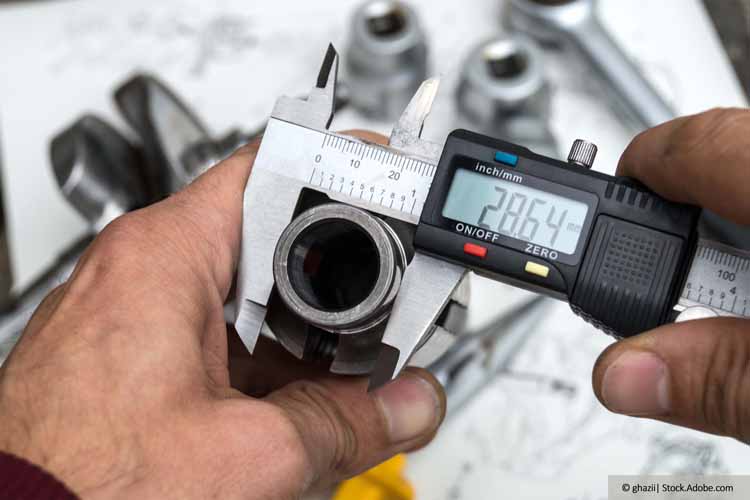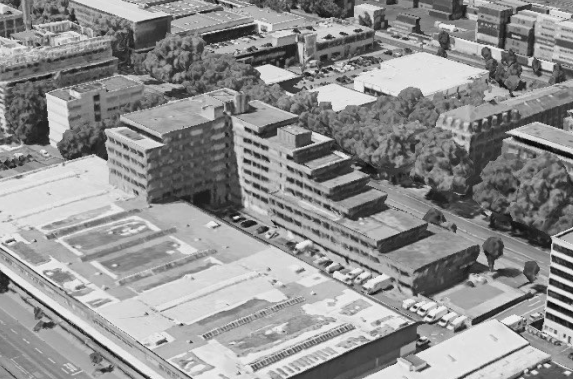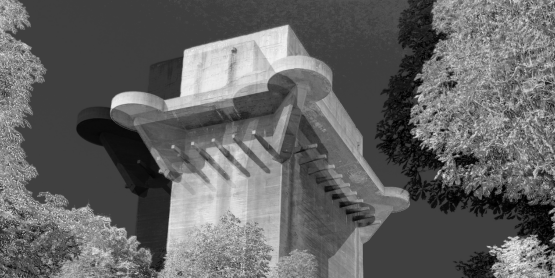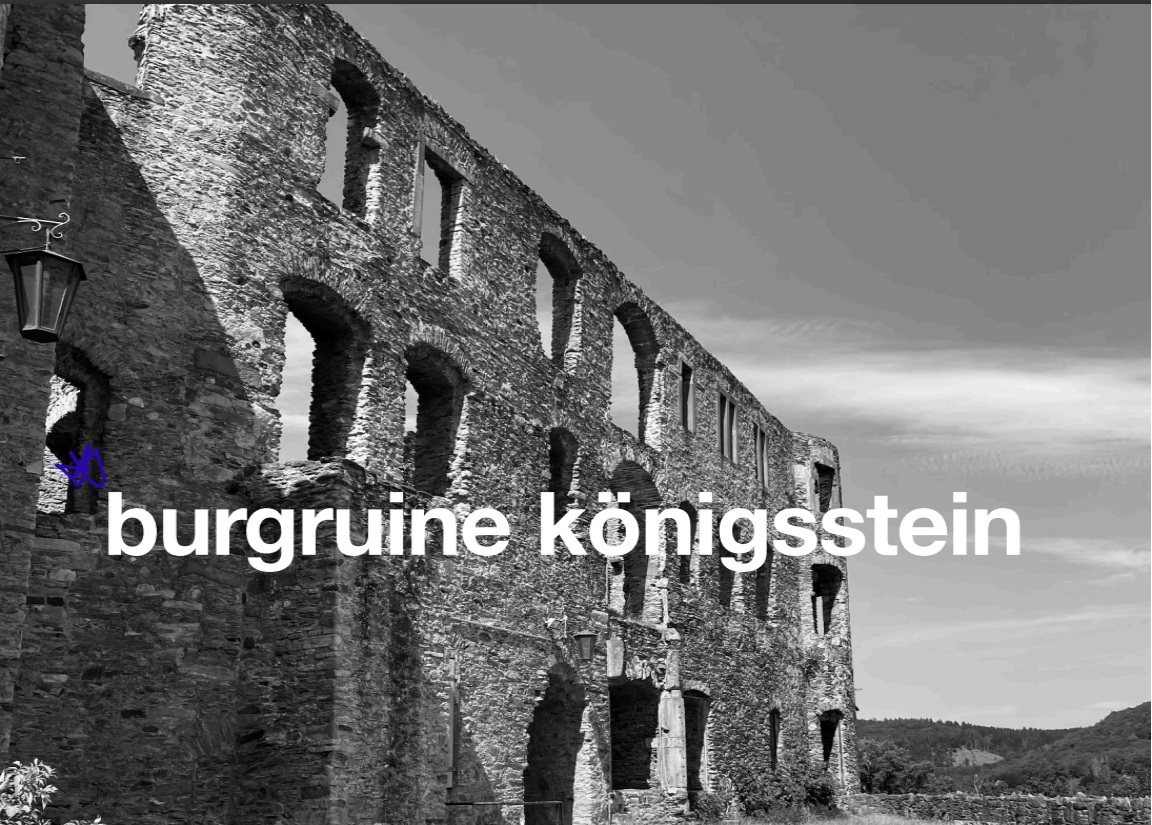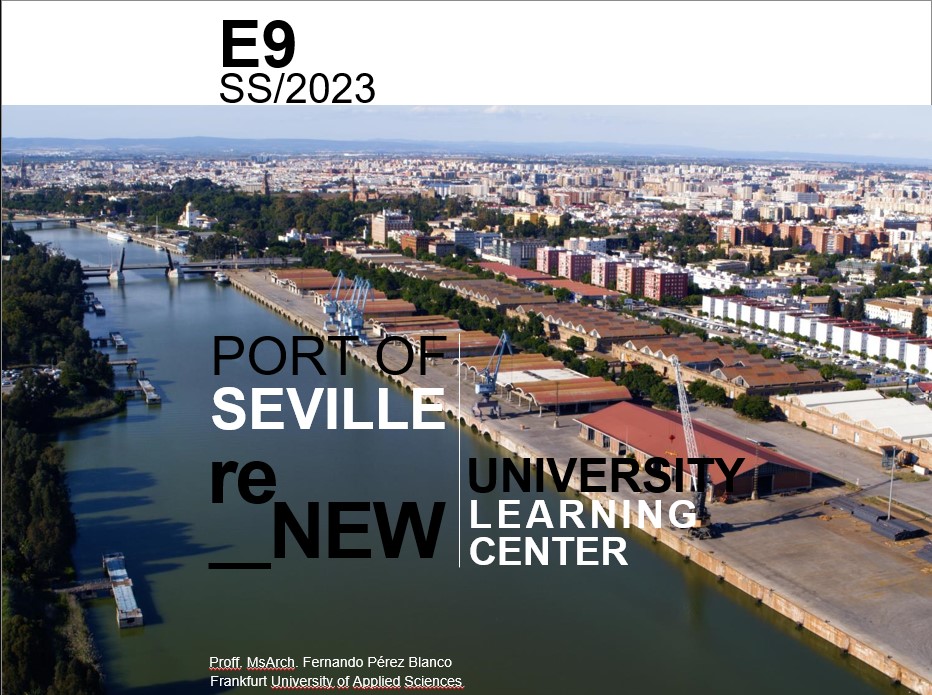>Focus
The E8 design course aims to work on two issues
closely related to the role of architecture today.
Firstly, we propose to reflect on and explore
contemporary ways of living and develop an architectural proposal understood as
an infrastructure for different ways of living collectively.
Secondly, and in parallel and indissolubly, we will
work from material and constructive strategies that respond to criteria of
simplicity, flexibility and sustainability.
To this end, we will develop a collective housing
project to be built in wood and which will be located in the new urban
development of the port of Offenbach am Main.
During the course we will address the definitions
of the functional programme, the insertion in the site, the definition of
spaces, forms and volumes, as well as their materiality, structure and
construction system in detail 1/10.
>Statement
If until the end of the last century or the beginning
of this one, the vast majority of collective housing was conceived to solve the
housing needs of "typical" families (husband and wife with two or
three children), most of them workers; nowadays, the models of living and
cohabitation no longer respond to the needs of a typical family in a given
country or region. The inhabitants of contemporary dwellings are people of
different ages, origin and social function, who live and also work - alone or
grouped in different ways - and use home spaces in a very different way to how
we did just 20 or 25 years ago.
In addition, the time we live in one place or
another is becoming shorter and shorter. People are moving, changing cities,
jobs and even families more frequently. Rarely does a person or family remain
in the same dwelling for a lifetime; and even less often does a dwelling
continue to be inhabited by the children of the previous family.
How then do we design spaces for that diversity,
and how do we design for their transformation and adaptability?
On the other hand, given the temporal, economic and
ecological effort of any construction, how do we design for flexible and
adaptive durability? How do we do so in order to reduce the impact of our
actions on the environmental balance?
In this sense, we propose to design with forms,
dispositions and materials that demand and consume as little energy as
possible. In particular, we propose a timber construction that, together with
its richness and spatial possibilities, is adaptable and reversible.
